 2017, Trenton, Ontario, Canada
2017, Trenton, Ontario, Canada
In 2017, three students; Xavier, Samuel, and Félix from École Secondaire Marc-Garneau Public Elementary School, proposed the idea to build a lasagna garden. They wanted to build the garden in their school yard to help attract more native species to the area.
The lasagna garden is composed of several different layers, first you must dig 4 inches down and place edging around it. Then the layers are as follows; cardboard, straw, garden fertilizer, compost, aged manure mix with compost, and finally soil.
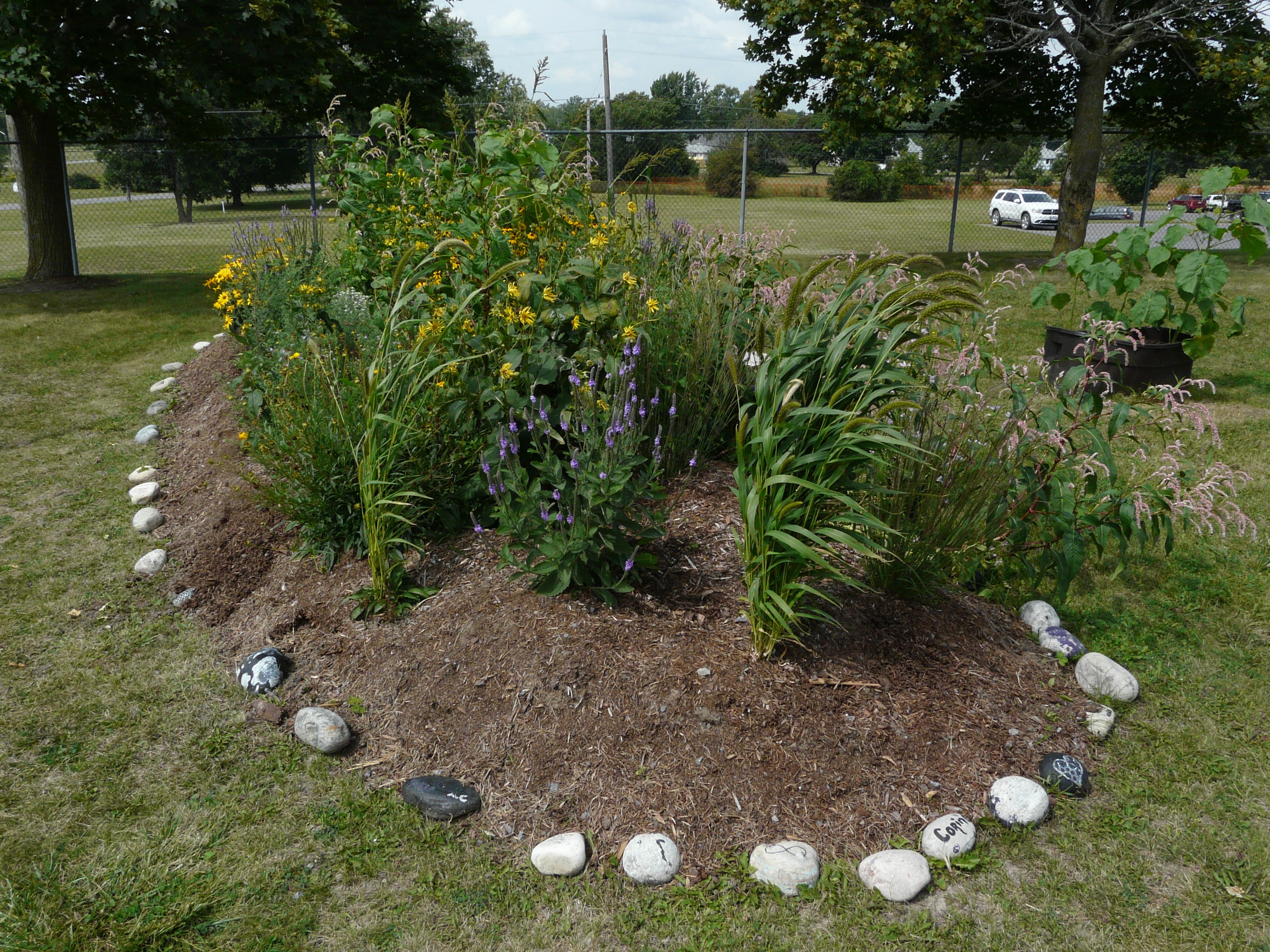
Once the garden had been created the students planted native flowers in the garden to attract native species of birds and butterflies. The completion of this project will aid in supporting bees and other pollinating species to thrive once again.
The boys placed 4th overall, and their project was implemented in June 2017, with the help of the student’s classmates
 2017, Campbellford, Ontario, Canada
2017, Campbellford, Ontario, Canada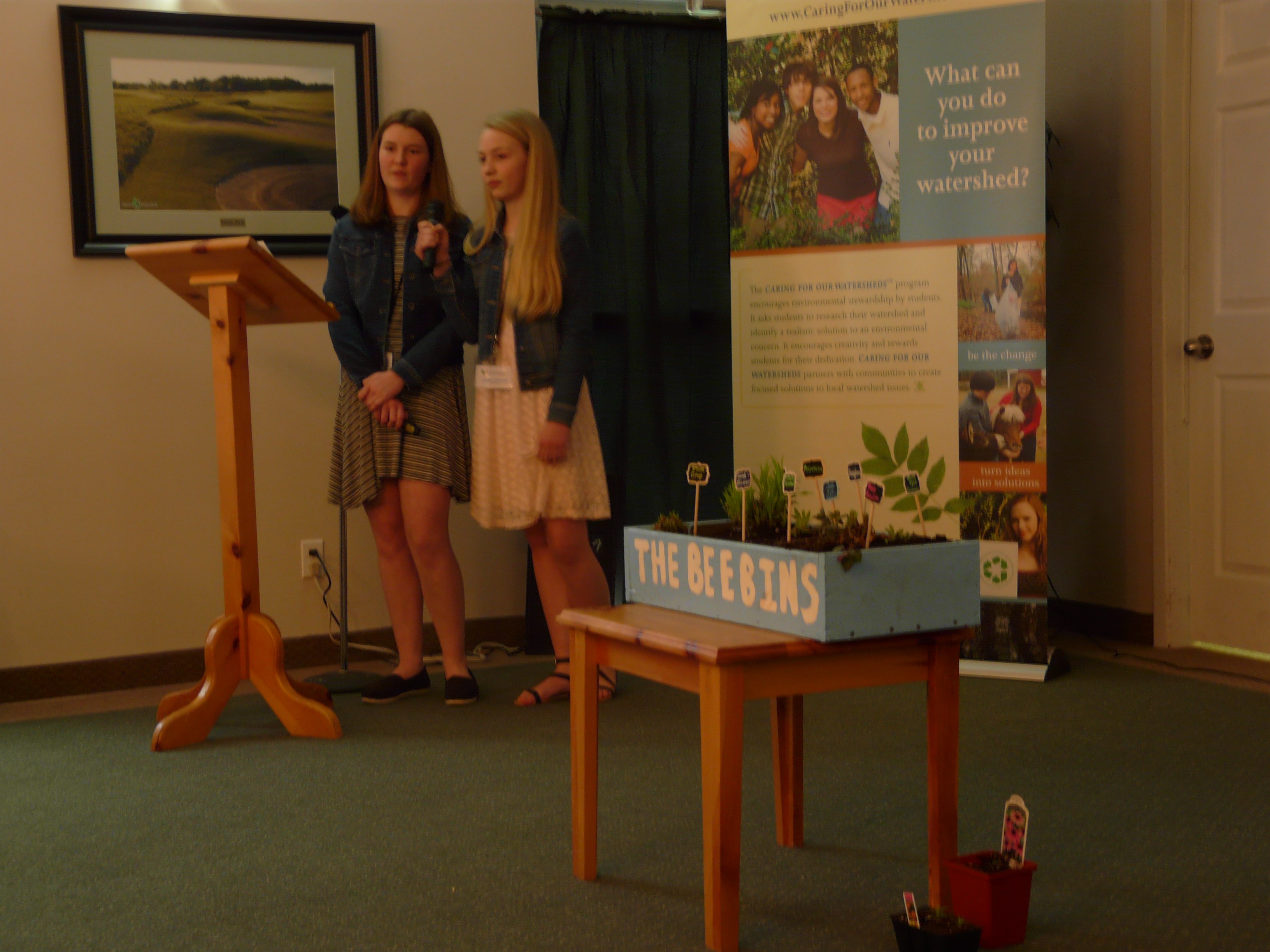
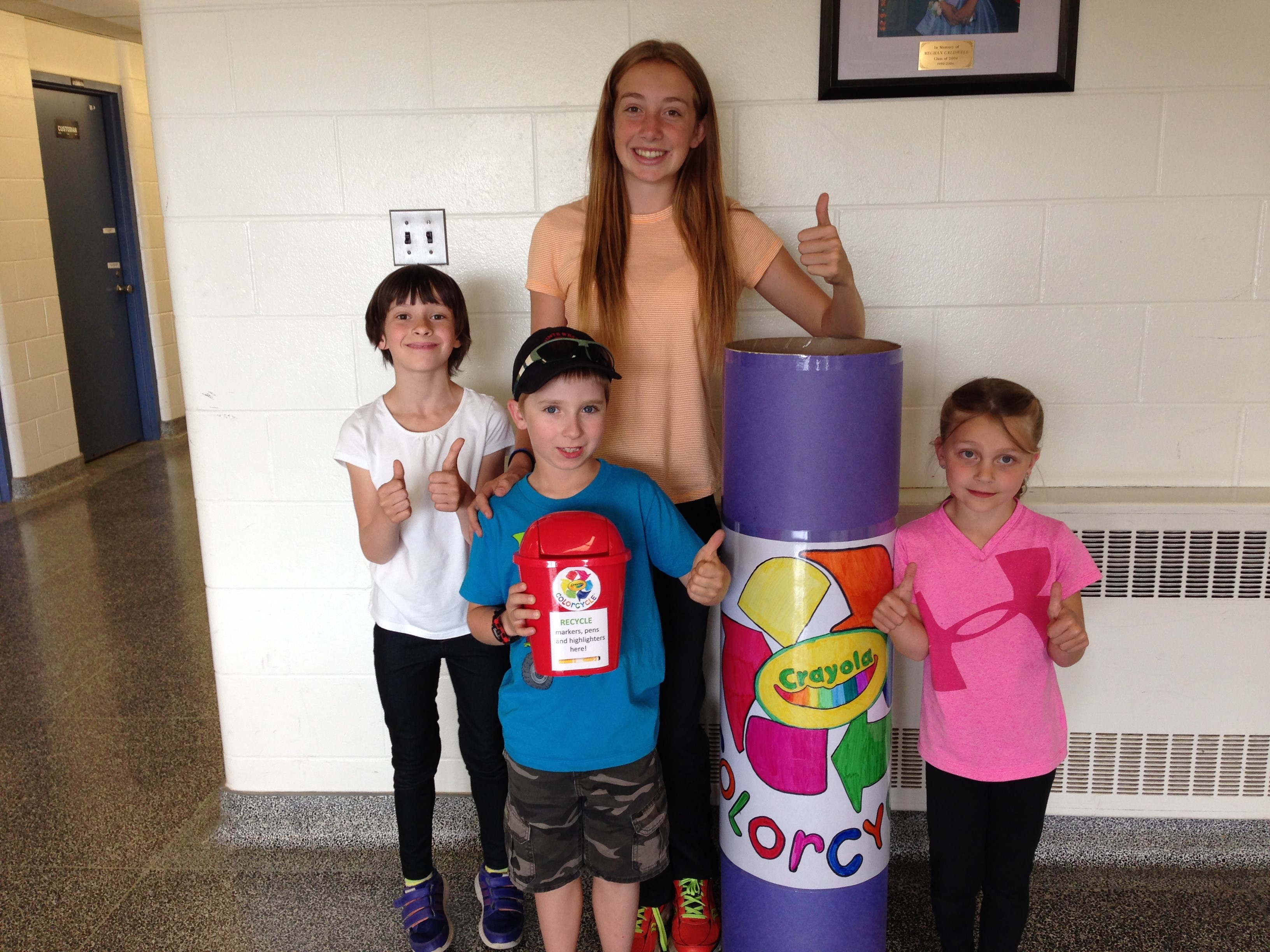
 2016, Alderville, Ontario Canada
2016, Alderville, Ontario Canada
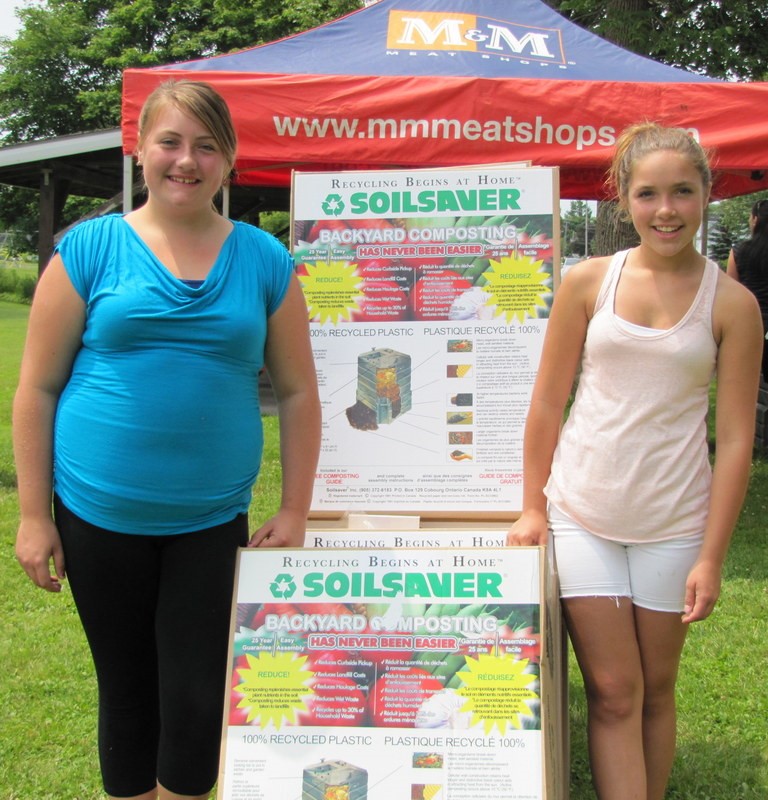
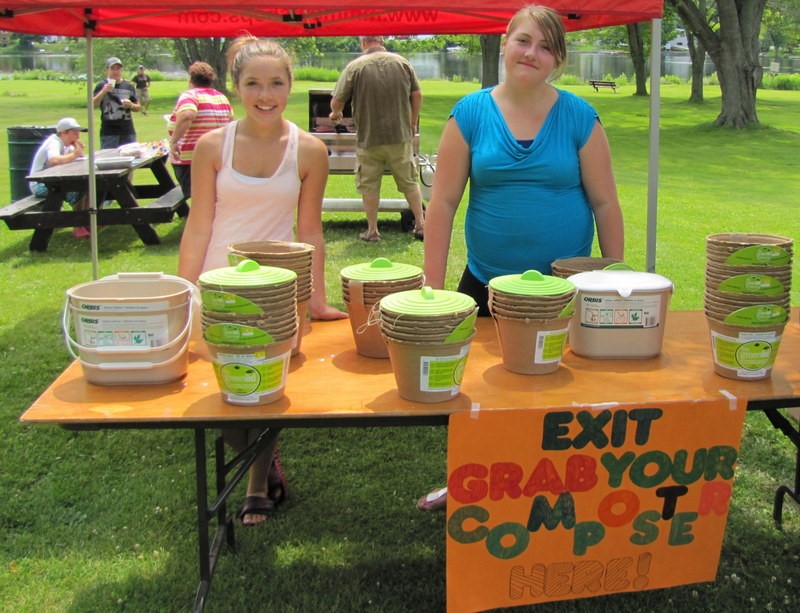 The end result of their hard work was giving away 100 composters to people in the Campbellford community. They hope that this will turn into a ripple effect and that people in their community will continue to spread the word.
The end result of their hard work was giving away 100 composters to people in the Campbellford community. They hope that this will turn into a ripple effect and that people in their community will continue to spread the word.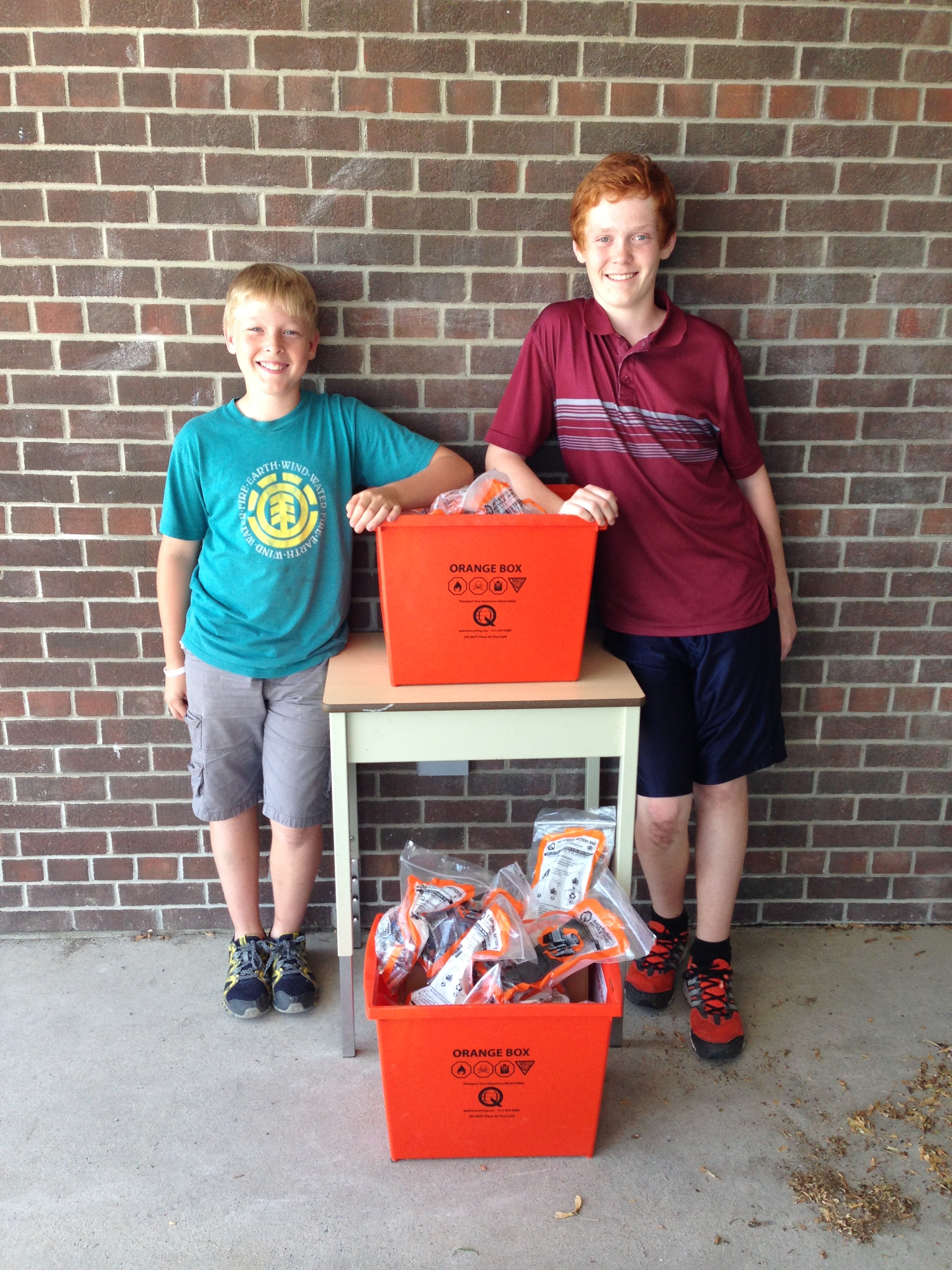
 Mason and Max have already held a battery drive at their school where they collected approximately $4,000 batteries. As they are in grade 7 they will be returning to Murray Centennial in the fall of 2015 and plan to hold several battery drives in the 2015-2016 school year. Caring for our Watersheds implementation funding will be used to print educational materials promote the importance of recycling batteries and their collection program.
Mason and Max have already held a battery drive at their school where they collected approximately $4,000 batteries. As they are in grade 7 they will be returning to Murray Centennial in the fall of 2015 and plan to hold several battery drives in the 2015-2016 school year. Caring for our Watersheds implementation funding will be used to print educational materials promote the importance of recycling batteries and their collection program.
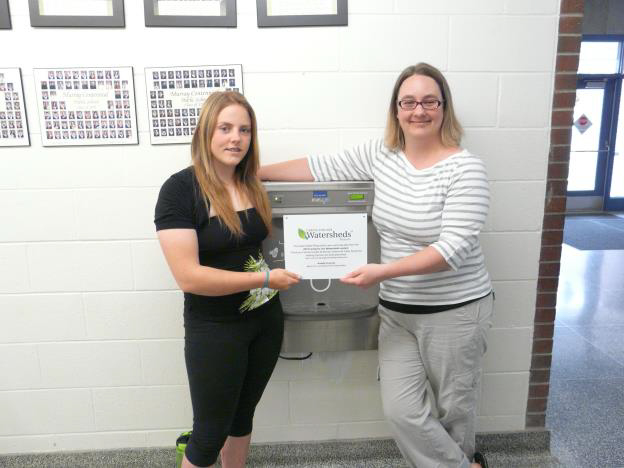
 Rain barrels are designed to collect water, but one distinctive rain barrel designed by students at Daysland School in central Alberta is garnering just as much attention as it is water.
Rain barrels are designed to collect water, but one distinctive rain barrel designed by students at Daysland School in central Alberta is garnering just as much attention as it is water.